A guide to Nintendo console iterations and variants, part 2 (Gamecube, Wii and Wii U)
In part 1, we looked at the different console iterations of cartridge-era of Nintendo systems. In this second part we will be looking at Nintendo’s disc-based console era, which includes the GameCube, Wii and Wii U.
Gamecube
Original model
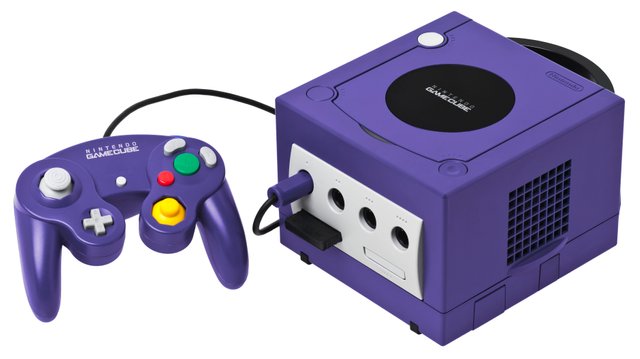
There were no drastic hardware revisions with the Gamecube. The system was pretty much unchanged throughout the span of its lifetime. There was one notable tweak that they did to later models -- the digital A/V output was removed. Most people wouldn’t notice this omission, but it removed the input needed for the Gamecube’s (rare and crazy expensive) component video cables.
Gamecube color variants
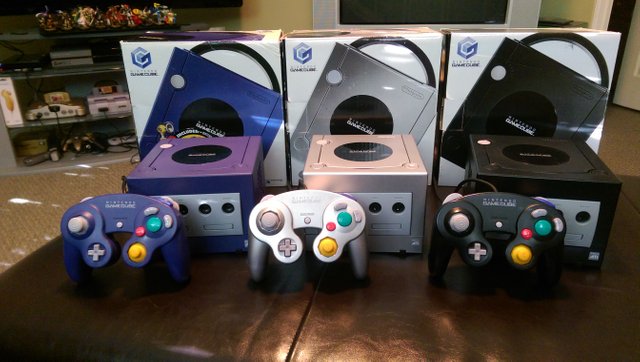
North American gamers only received three colors of Gamecubes: Black, Indigo and Platinum. The Pokemon XD variant was also released in the US, which is simply a Platinum console with a custom Pokemon lid.
Japan and Europe received additional colors (Spice Orange and Pearl White, respectively) in addition to several game-specific special editions.
Panasonic Q

The most interesting Gamecube is the rare Panasonic Q, which is a Japan-exclusive Gamecube developed and sold by Panasonic. The main feature of the Q is that it’s capable of playing DVD movies, which has never been supported on any Nintendo console. Its a relatively rare and unique oddity (and I want one!).
Wii
Original White model
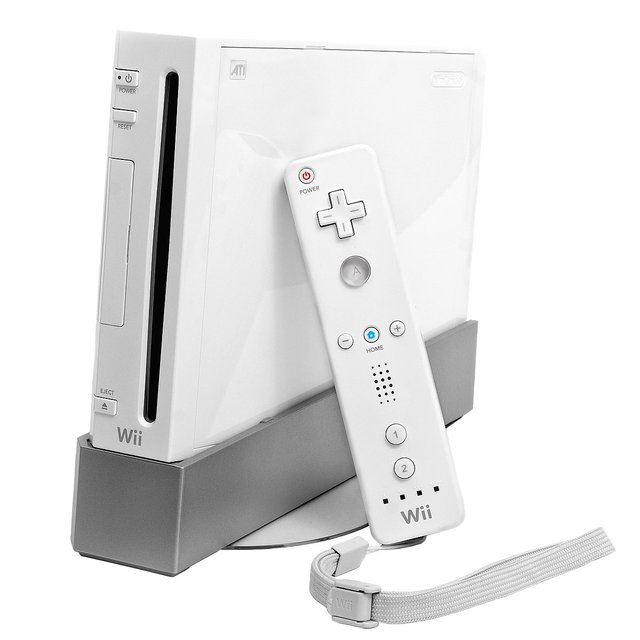
The Wii is the most successful Nintendo console of all time, thanks to the casual-friendly nature of its games that got people flailing around their living rooms with simple games that were fun and easily approachable. The original Wii system came only in White and was backwards compatible with the entire Gamecube library. This feature was removed from later models.
Second White model
The second White model was mostly identical, but removed backwards compatibility with Gamecube games. The easiest way to tell if a White Wii supports Gamecube games or not is to check the left side to see if there’s a door hiding the Gamecube controller and memory card ports. Additionally, the Wii logo on models that support Gamecube is perpendicular to the disc slot, so it reads correctly when the console is vertical. If the logo is parallel to the disc slot, is doesn’t play Gamecube games.
Color variants

There were three color variants of the Wii eventually released. Black was the first, followed by the Red “Family Edition” and the rarest is the Light Blue model, which was a Wal*Mart/Sam’s Club exclusive
Wii Mini
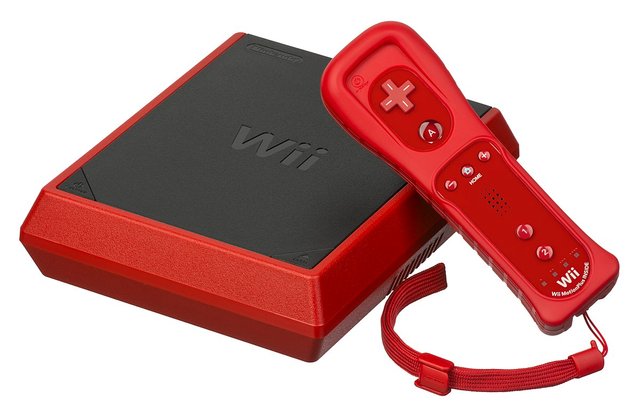
Late in the Wii’s lifespan, a drastic redesign was released. The Wii Mini removed the ability to connect the console to the Internet and changed the design from a slot-loading to flip-top disc loading style.
Wii U
Basic models

The troubled successor to the Wii, the Wii U, was released in just two main configurations. The White and Black models. The White was the basic version, with only 8GB of internal storage. The Black model featured four times as much storage and offered owners a discount on purchases from the e-Shop. The White model is actually quite a bit more rare than the Black, since gamers wanted the bigger storage of the Black model.
Wind Waker Edition
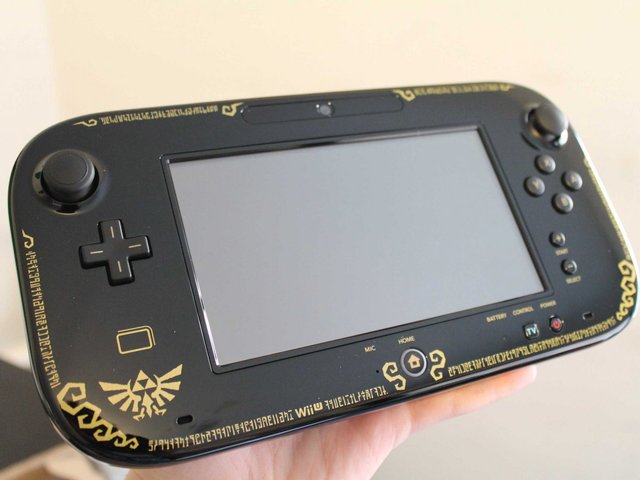
A special edition Wii U was bundled with the remastered version of The Legend of Zelda: The Wind Waker. This is basically a Black Wii U with special Zelda artwork.
Switch
The Nintendo Switch is too new to write about at this point, as there’s really only one model of the system available to the public.
This concludes part 2, which continues this series that will examine the various models, upgrades, color variants and special editions of gaming hardware across major platforms and concludes the Nintendo console guide. More articles in this series are coming soon.

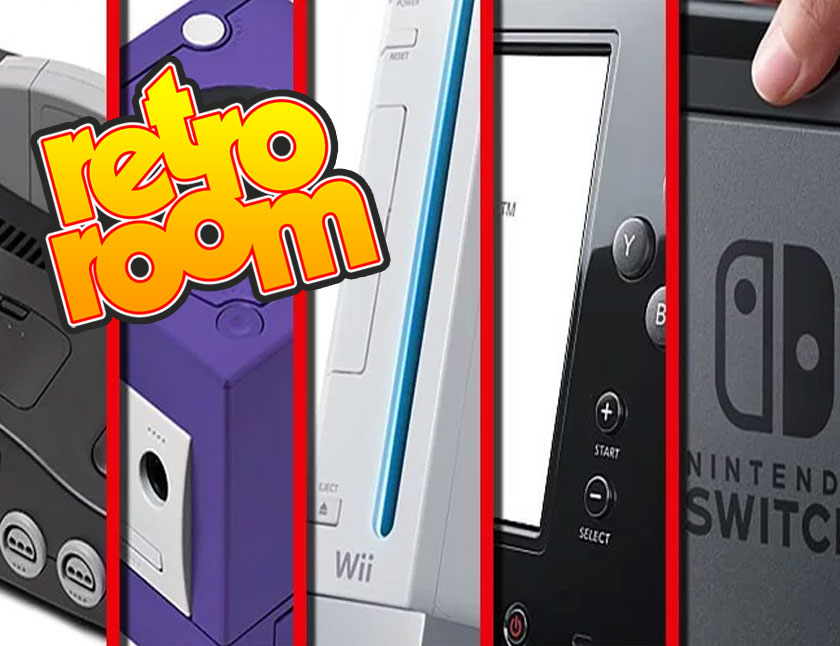
Ooh I like the Zelda artwork there :D
I do too. If it had been released when I bought my Wii U, I definitely would have picked up that version of the system.